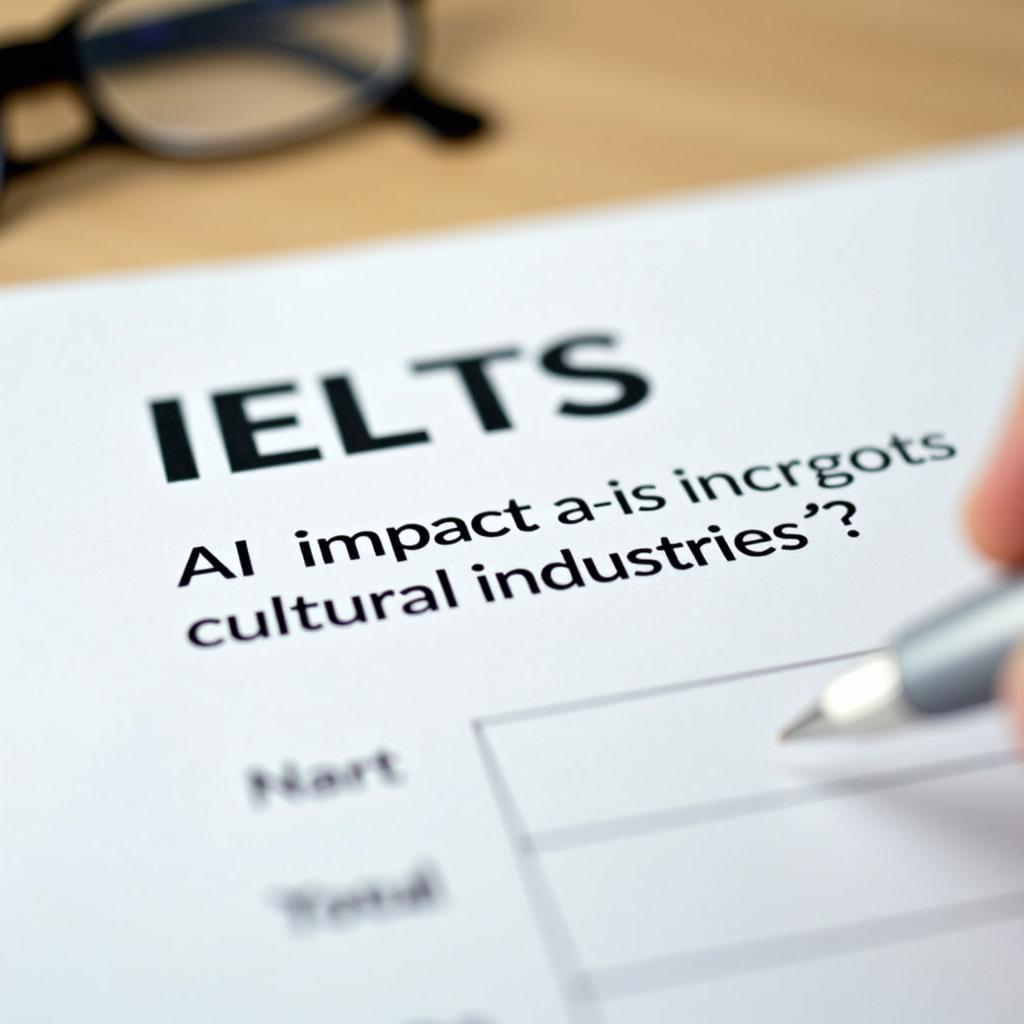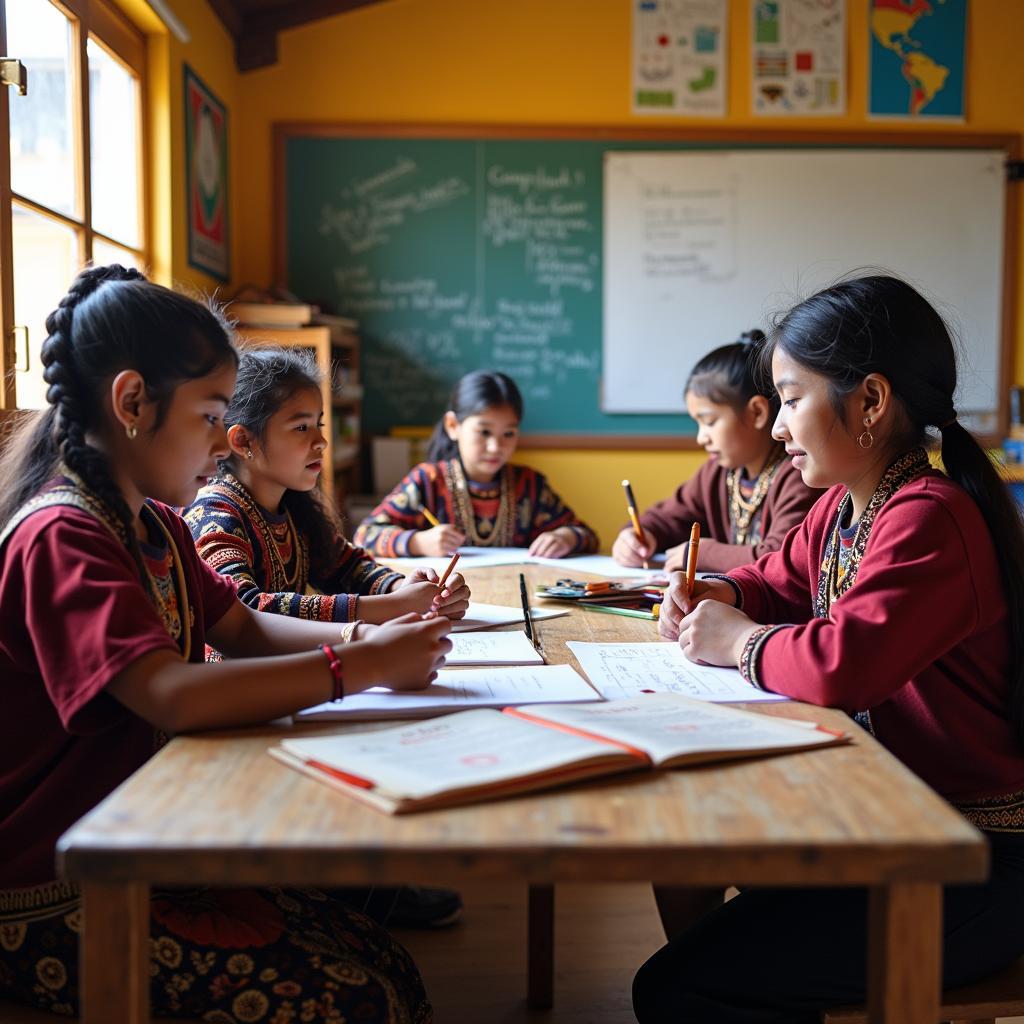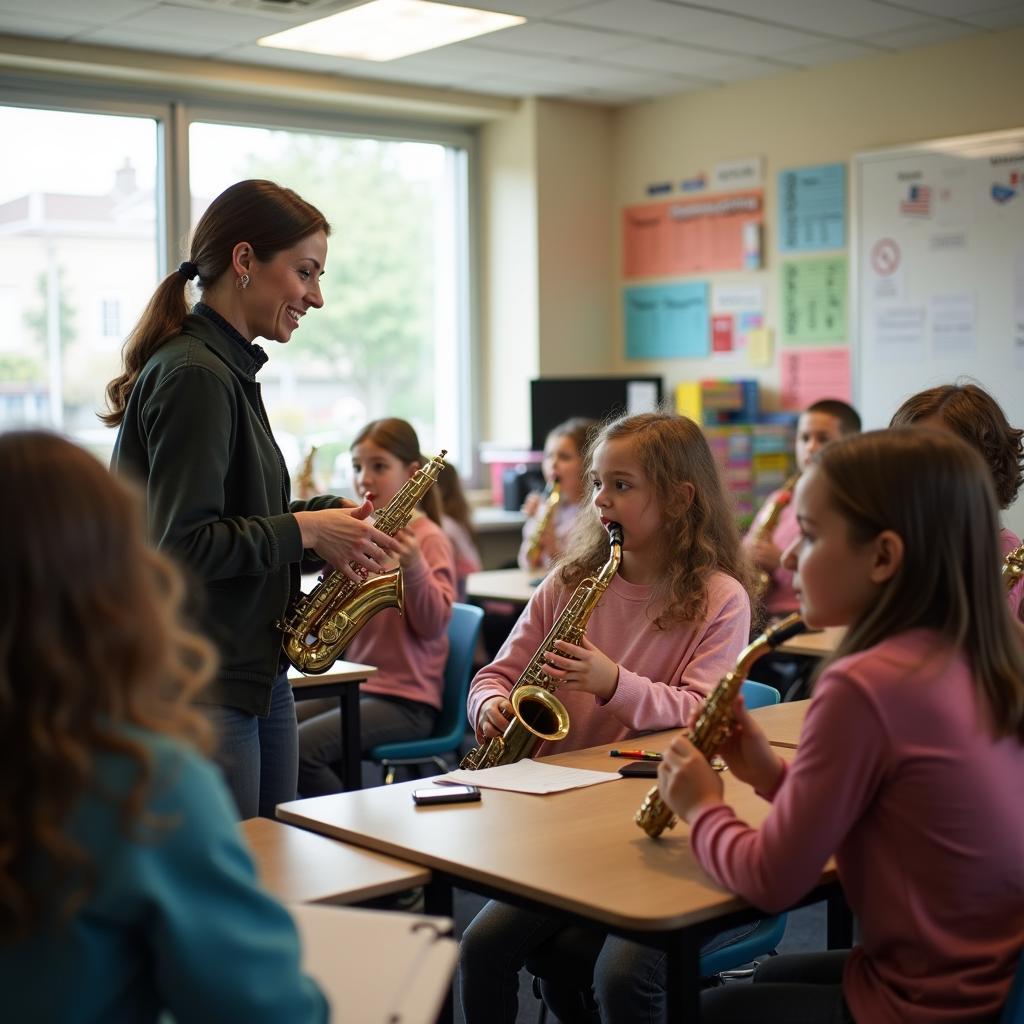The topic of artificial intelligence’s influence on cultural industries has become increasingly prevalent in IELTS Writing Task 2 examinations. Based on analysis of recent test papers and The impact of AI on creative jobs, this theme appears in approximately 15% of culture-related questions, making it a significant area for preparation.
Table Of Contents
 IELTS Writing Task 2 question about AI impact on cultural industries
IELTS Writing Task 2 question about AI impact on cultural industries
Task Analysis
Some people believe that artificial intelligence (AI) technologies are threatening traditional cultural industries such as music, art, and literature. Others argue that AI tools enhance creativity and cultural expression. Discuss both views and give your opinion.
This question requires:
- Discussion of both perspectives
- Personal opinion
- Specific examples of AI’s impact
- Balanced argument structure
Band 9 Sample Essay
Similar to The impact of technology on cultural identity, AI’s influence on cultural industries presents both challenges and opportunities.
The concerns about AI’s threat to traditional cultural industries are not unfounded. AI algorithms can now generate music, create artwork, and write stories, potentially reducing the demand for human artists. For instance, AI-generated art has already won competitions, raising questions about authenticity and artistic value. Furthermore, the mass production capabilities of AI could devalue traditional craftsmanship and cultural expressions that have been passed down through generations.
However, I believe AI tools predominantly serve as powerful enablers of creativity. AI can augment human creativity by providing new tools and possibilities for artistic expression. Musicians can use AI for complex arrangements, visual artists can explore new techniques through AI-assisted tools, and writers can enhance their productivity with AI-powered editing systems. This technological advancement, much like The impact of globalization on local industries, creates opportunities for cultural innovation rather than replacement.
In my opinion, while AI presents certain challenges, its benefits for cultural industries outweigh the drawbacks. The key lies in viewing AI as a complementary tool rather than a replacement for human creativity. The fusion of traditional artistic skills with AI capabilities can lead to unprecedented forms of cultural expression, enriching rather than diminishing our cultural heritage.
Band 7 Sample Essay Analysis
Task Response: 8.0
- Clear position
- Relevant examples
- Balanced discussion
Coherence and Cohesion: 9.0
- Logical progression
- Effective paragraphing
- Strong linking devices
Lexical Resource: 9.0
- Sophisticated vocabulary
- Natural collocations
- Precise word choice
Grammatical Range and Accuracy: 9.0
- Complex structures
- Error-free writing
- Various sentence patterns
Key Vocabulary
- Cultural heritage (n) /ˈkʌltʃərəl ˈherɪtɪdʒ/ – traditions passed down in a society
- Artistic expression (n) /ɑːˈtɪstɪk ɪkˈspreʃn/ – creative ways of showing feelings or ideas
- Authenticity (n) /ɔːθenˈtɪsɪti/ – quality of being genuine
- Augment (v) /ɔːɡˈment/ – to make larger or enhance
- Innovation (n) /ˌɪnəˈveɪʃn/ – new ideas or methods
Advanced Sentence Structures
-
Complex with relative clause:
“AI tools, which have revolutionized creative processes, offer unprecedented opportunities for artistic innovation.” -
Conditional structure:
“If properly integrated, AI can enhance rather than replace traditional cultural practices.” -
Participle phrase:
“Having transformed numerous industries, AI now presents both challenges and opportunities for cultural expression.”
Consider practicing with this topic and sharing your essays in the comments for feedback and improvement.


